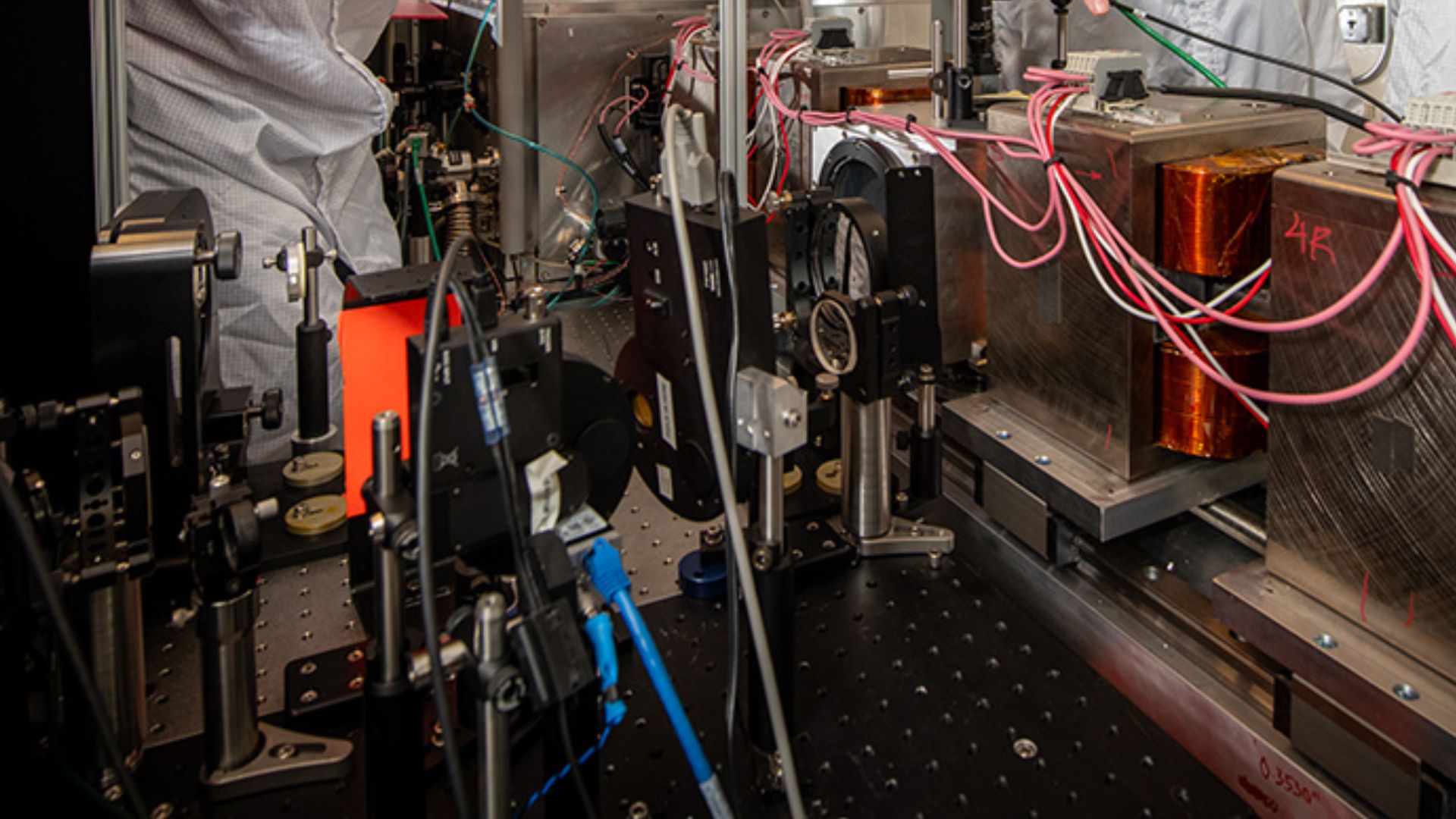Scientists have demonstrated a new method for generating and sustaining the high-quality electron beams required for X-ray lasers, a step toward making the instruments smaller and more affordable.
The research was conducted by a team from the US Department of Energy’s Lawrence Berkeley National Laboratory (Berkeley Lab) in collaboration with TAU Systems Inc.
The research centers on using compact laser plasma accelerators (LPAs) to create a stable, reliable electron beam showing strong exponential growth of radiation—a requirement for an X-ray free-electron laser (XFEL).
1,000x faster than conventional accelerator
This LPA method can generate acceleration gradients of 100 gigavolts (GeV) per meter, enabling electrons to be accelerated up to 1,000 times faster than in a conventional accelerator, which is limited to about 50 megavolts per meter. This increase in efficiency means an accelerator that is miles long could be reduced to a scale of meters.
“It’s a big result,” said Sam Barber, a staff scientist in Berkeley Lab’s Accelerator Technology & Applied Physics (ATAP) Division and first author of the new study.
“The fact that the two to three orders of magnitude FEL gain is so significant proves the LPA is producing the high-quality electron beams required to make FELs work. And the fact that it’s so reliable over tens of successive experimental campaigns speaks to the robustness of the LPA.”
Addressing the size constraint
XFELs are scientific tools that act as sources of bright X-ray light, allowing researchers to study the nature of matter at the atomic level. These insights contribute to advances in medicine, materials science, biology, and physics.
However, their high power has typically required a large footprint; conventional XFELs are large-scale research facilities, limiting their construction to a few locations worldwide. This new research addresses this size constraint.
“We are applying our long-standing expertise in a type of advanced accelerator called laser plasma acceleration to shrink XFELs,” Barber explained.
The team’s work was achieved at Berkeley Lab’s Laser Accelerator (BELLA) Center. Instead of using traditional radio-frequency waves to accelerate electrons, the team uses a laser to create a wave of electron density within a plasma.
Achieving high energy is only one part of the recipe, as XFELs also require high-quality electron beams. The Berkeley Lab team’s work is a step in showing that LPAs can deliver both.
Coupling plasma-generated beam to magnetic undulators
The collaboration with TAU Systems Inc. was important, bringing expertise in accelerator beam physics that helped couple the plasma-generated beam to the magnetic undulators that produce the X-rays.
“These FEL results confirm the premise that the LPA has opened a revolutionary paradigm shift in how we view accelerators, what they look like, and what is possible with them,” remarked Stephen Milton, the lead scientist from TAU Systems Inc. on the project.
The availability of compact XFELs could make the technology more accessible, enabling on-site imaging of complex proteins for biological research, analysis of nanostructures for materials science, and photolithography for manufacturing semiconductor chips. Beyond creating new standalone facilities, the technology could also be used to upgrade existing XFELs.
“High-quality electron beams from plasma accelerators could be injected into existing XFELs to extend their performance,” Barber concluded.
Researchers see this achievement as a stepping stone.
“Development of LPA-based free-electron lasers is an important stepping stone to other applications of this technology, such as linear accelerators for high-energy physics,” said Carl Schroeder, a senior scientist in the BELLA Center.
